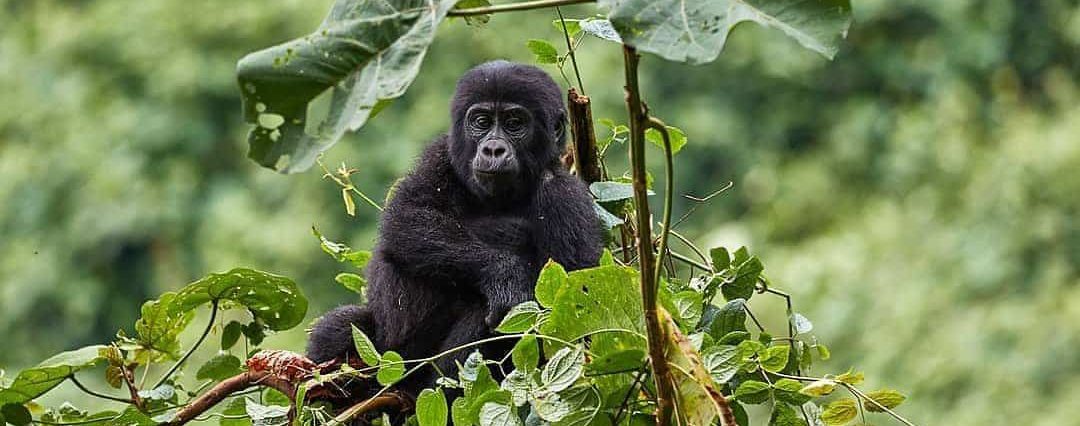Uganda’s Chimpanzees Turn Clay as Food
Destruction of local palm trees may have driven chimpanzees in Uganda Budongo Forest to eat clay.
A completely new way to participate in life
Following a widespread clearance of raffia trees by tobacco farmers in Budongo forest, the beneficiaries of the leaves from these trees have come up with a new way to participate in their livelihoods, more specifically in their feeding style. The chimpanzees which used to feed on the decayed pith of the trees for minerals have now resorted to eating clay.
Researchers including Dr. Reynolds are on an extensive study to monitor the apes and thereafter decipher the actual trigger of this new paradigm in the creatures’ feeding habits. The current findings from the research indicate that the clay they have begun eating has plenty of Aluminium in it, high concentrations of iron, lots of manganese, magnesium and potassium. A research undertaking by Oxford University reveals that the clay actually helps chimpanzees to detoxify and digest their food. Detoxification is owed to the high levels of Aluminium in the clay.
The study further reveals that the chimpanzees use leaves like clay sponges, where they would dip them in the clay water and then put them in the clay water and then put them to their mouths to squeeze out the liquid. The chimps also used their fingers to pick lumps of clay directly from the ground then ate it.
What further makes the apes’ feeding habits a completely new way of participating in life is the fact that they have sustained themselves minus the sodium they used to get from the raffia leaves. This sodium is absent in the clay. A report by the researchers quotes Dr. Reynolds saying that “the chimpanzees also relied on raffia palm trees as a source of sodium, but the clay does not have high sodium levels” he said. “ we don’t know how they have replaced it. But they are not short of salt or else they should show signs of deterioration”. Such twists in the creatures’ diet are not only an interesting research topic but also a bewildering trait in the Budongo forest.
The birth of a new challenge to ecology studies
If we were to visit the documented publications on ecology, say text books used for academic purposes and or papers on the eco-system by PhD holders, we would discover that it is rather easy to predict the inter-behavioral patterns of organisms. However, such drastic occurrences in the feeding habits of chimpanzees in Uganda seem to suggest otherwise.
No model could ever predict that a chimpanzee would feed on clay as an alternative to raffia leaves. All the models can do is reveal that if the food of an organism is depleted, the organism follows the path of starvation hence death. The chimpanzees in Uganda are defying this theory. It is from this fact that I believe ecology studies have a new challenge to explain the drastic.
